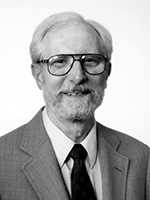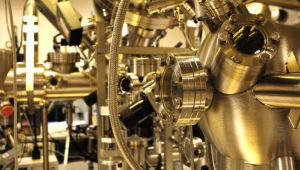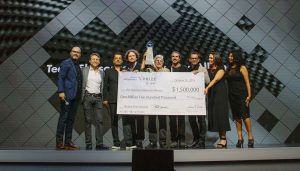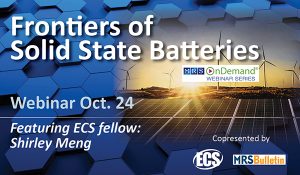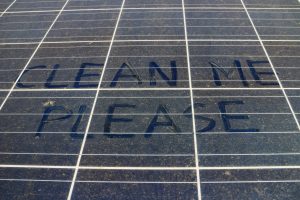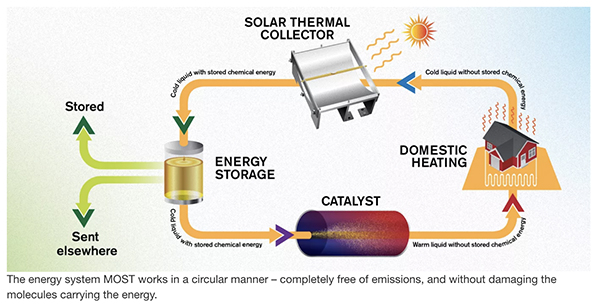
New energy system prototype from Chalmers University that can store the sun’s energy for up to 18 years. Image by: Chalmers University of Technology
According to Science Alert, scientists have recently figured out a way to store solar power for up to 18 years.
It’s made possible with a specialised fluid, called a solar thermal fuel, that’s catching the attention of numerous investors, according to the research team at the Chalmers University of Technology working on the project. (more…)



